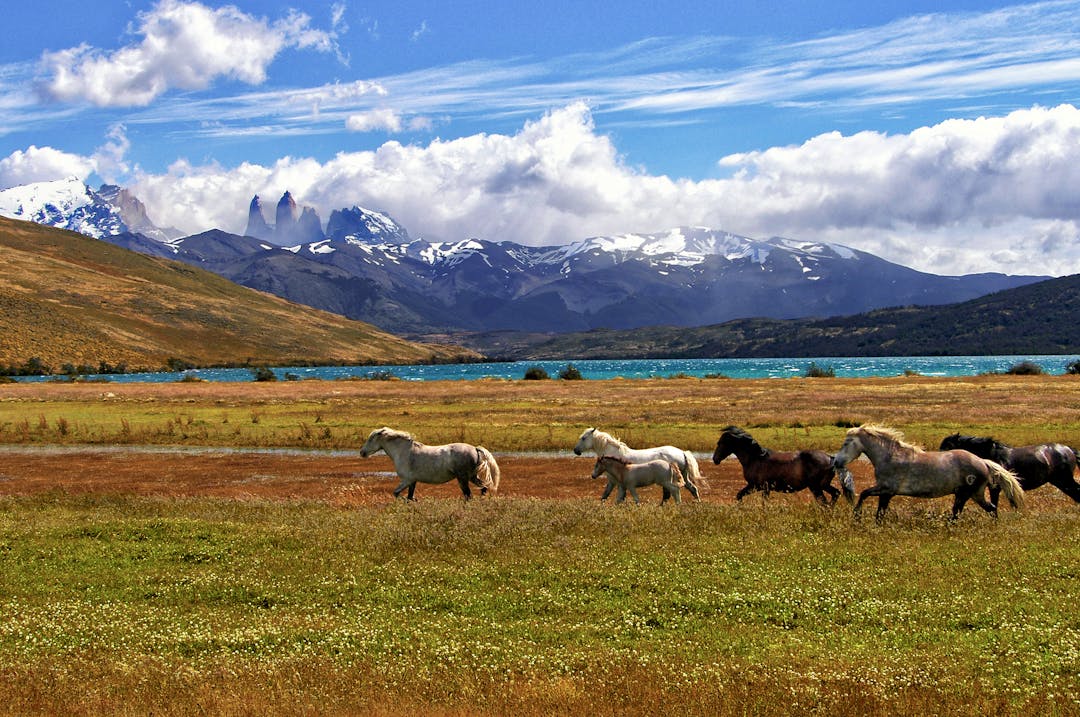Urban green spaces—such as parks, gardens, and greenways—are often overshadowed by the pressing issues of urban development and infrastructure. However, their importance in enhancing both biodiversity and human well-being cannot be overstated. As cities expand, it is vital to recognize and advocate for these green areas, which offer a wealth of ecological and societal benefits.
1. Preserving Biodiversity in City Spaces

Green spaces within cities provide crucial habitats for a variety of wildlife, including birds, insects, and small mammals that may otherwise struggle in the urban environment. The diverse plant life in these areas supports various species, creating pockets of habitat that are essential for urban ecosystems. By preserving and expanding these spaces, cities can help protect local wildlife and maintain ecological balance in areas where natural habitats are otherwise scarce.
2. Green Spaces as Wildlife Corridors

In addition to serving as isolated habitats, urban green areas also act as biodiversity corridors, linking fragmented habitats and allowing for the movement of species. These connections are vital for maintaining genetic diversity, species migration, and survival. For example, networks of parks and pathways can help pollinators like bees and butterflies navigate the urban landscape, ensuring the continuation of essential ecological processes. By creating and maintaining these corridors, cities can enhance the sustainability of their ecosystems.
3. Nature’s Impact on Mental Health

The mental health benefits of being around nature are well-documented. Spending time in green spaces has been shown to alleviate stress, reduce symptoms of anxiety and depression, and improve mood. Even short interactions with nature can lower stress hormone levels and foster a sense of calm. In the hustle and bustle of city life, these natural retreats provide a much-needed space for relaxation, contributing to a higher quality of life.
4. Social Interaction an4. Building Communities Through Green Spaces
d Community Building

Green areas in cities also play a key role in promoting social interactions and strengthening community ties. Parks, gardens, and other public green spaces serve as hubs where individuals from different walks of life can come together to engage in recreational activities, fostering a stronger sense of community. These areas encourage social inclusion and offer shared spaces that contribute to a collective identity, enhancing community well-being.
5. Boosting Physical Health

Accessible green spaces make it easier for people to engage in physical activity, which is essential for good health. Whether it’s walking, running, or participating in outdoor sports, these activities are more likely to take place in green environments. Regular use of parks and recreational areas contributes to better fitness levels, reduces the risk of chronic health conditions, and encourages an active lifestyle, helping to combat the rise of sedentary behavior in urban settings.
6. Sustainability and Environmental Benefits

Urban green areas provide a range of environmental benefits. They improve air quality by absorbing pollutants and increase oxygen production. These spaces also help mitigate the urban heat island effect by providing shade and cooling, as well as assisting with stormwater management by reducing runoff. These environmental contributions make cities more adaptable to climate change and promote urban resilience. Investing in green infrastructure is a critical part of building sustainable urban environments.
Urban green spaces are indispensable for promoting biodiversity, improving human health, encouraging social interactions, and fostering environmental sustainability. As cities continue to develop, it’s essential to prioritize these spaces and integrate them into urban landscapes, ensuring they remain valuable resources for both people and wildlife alike.





